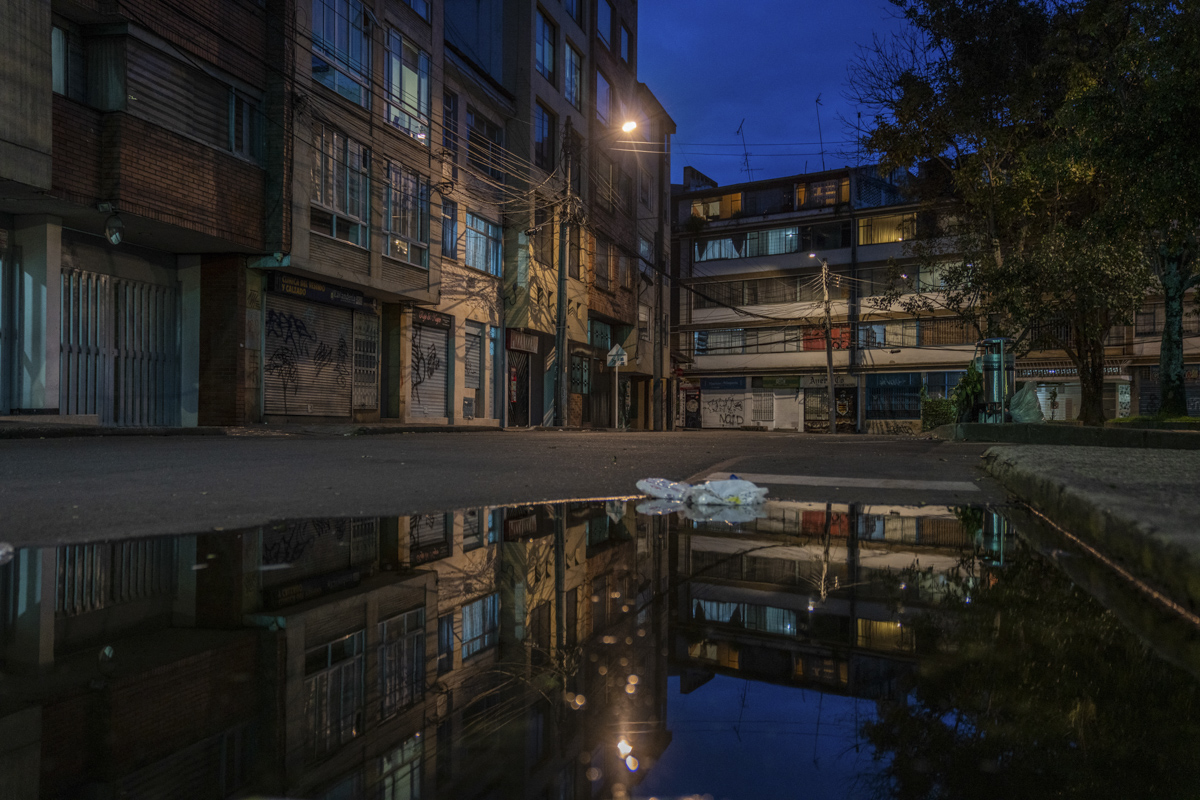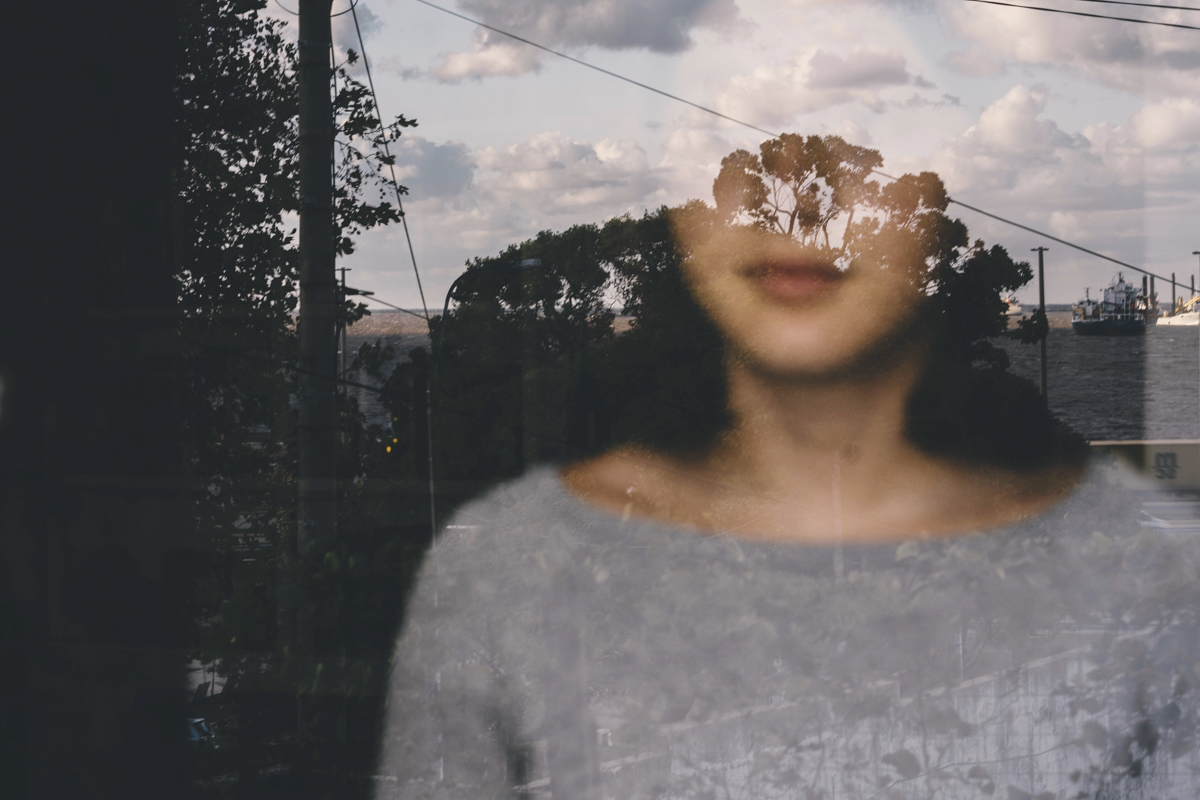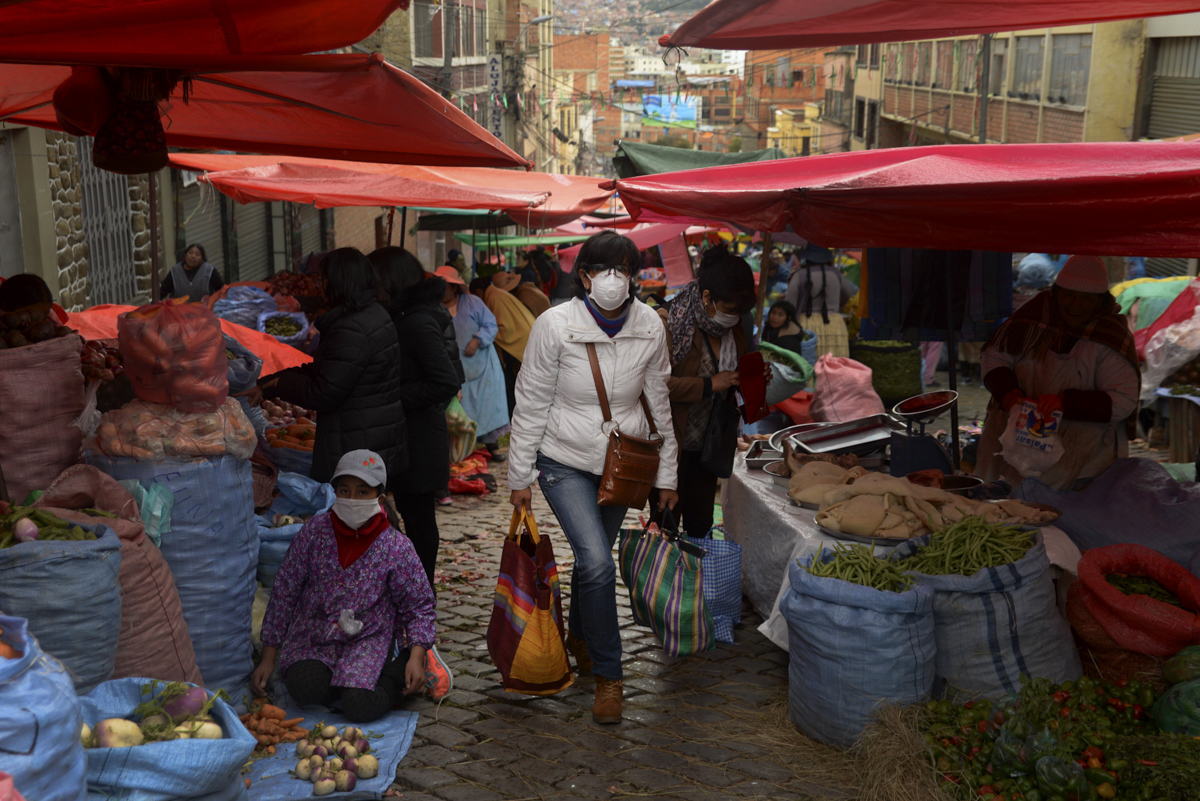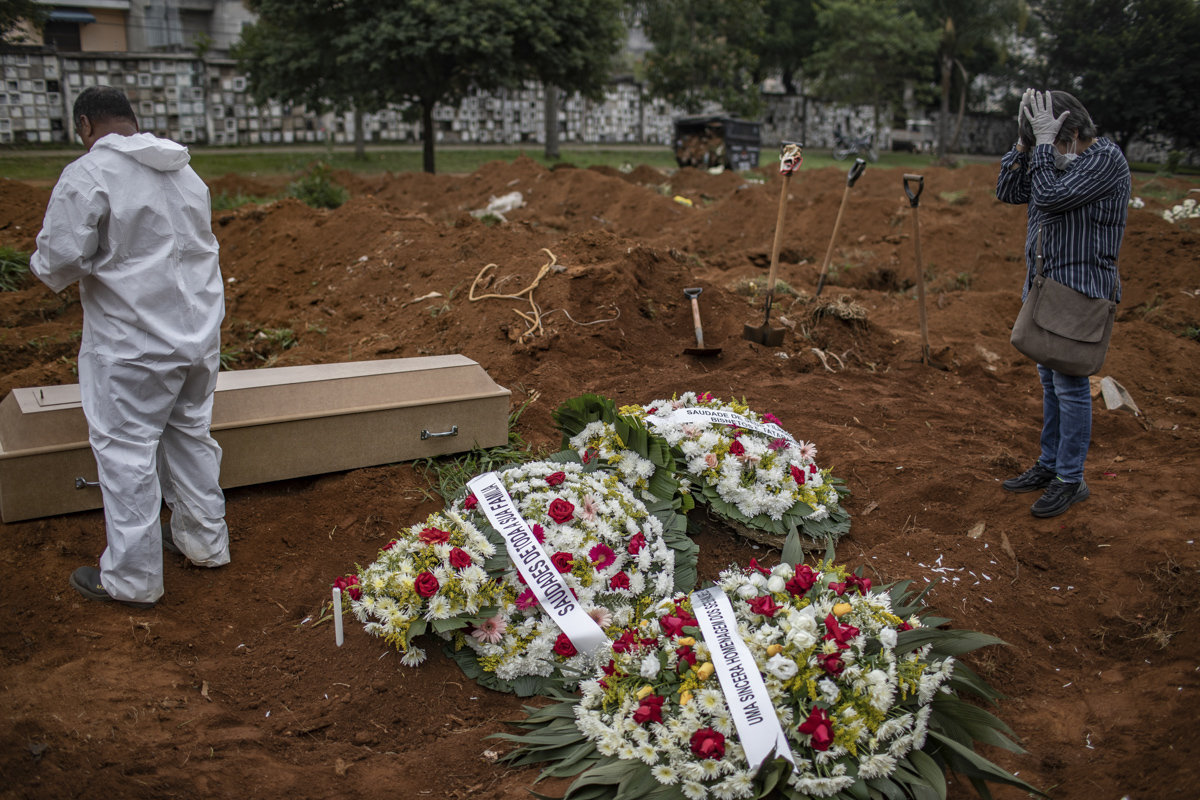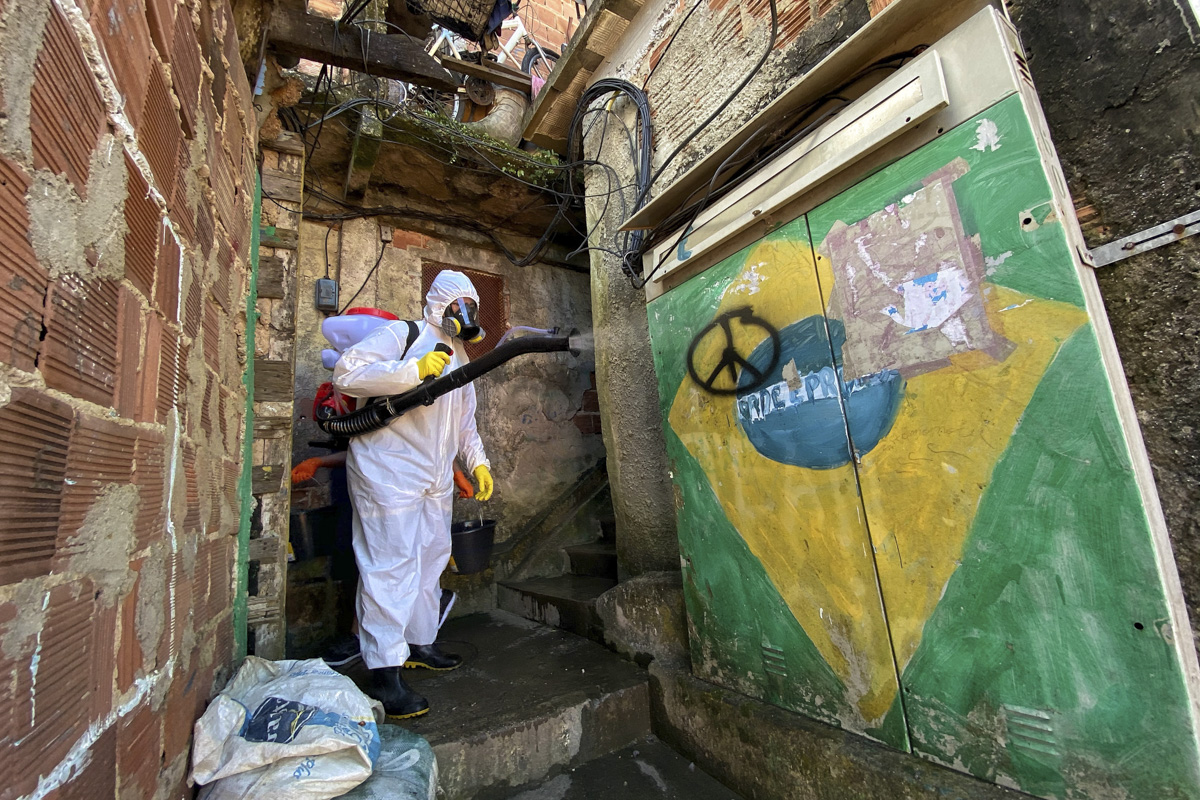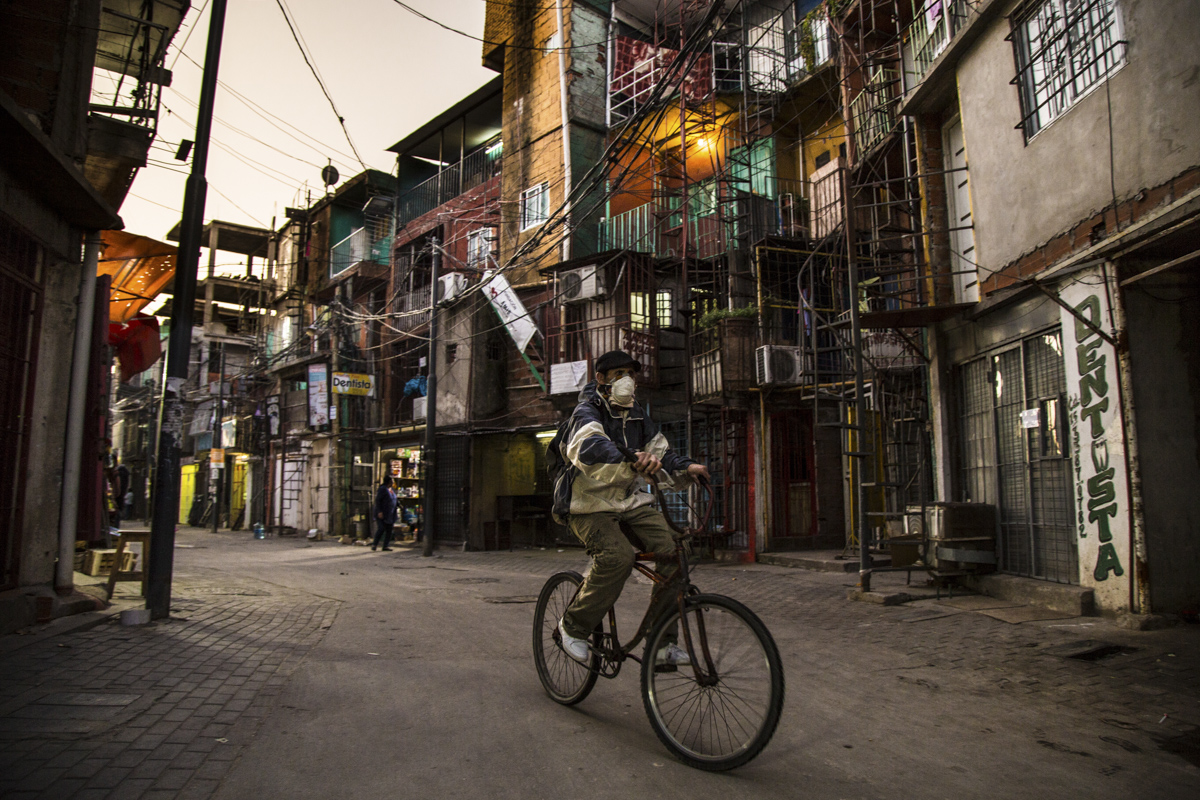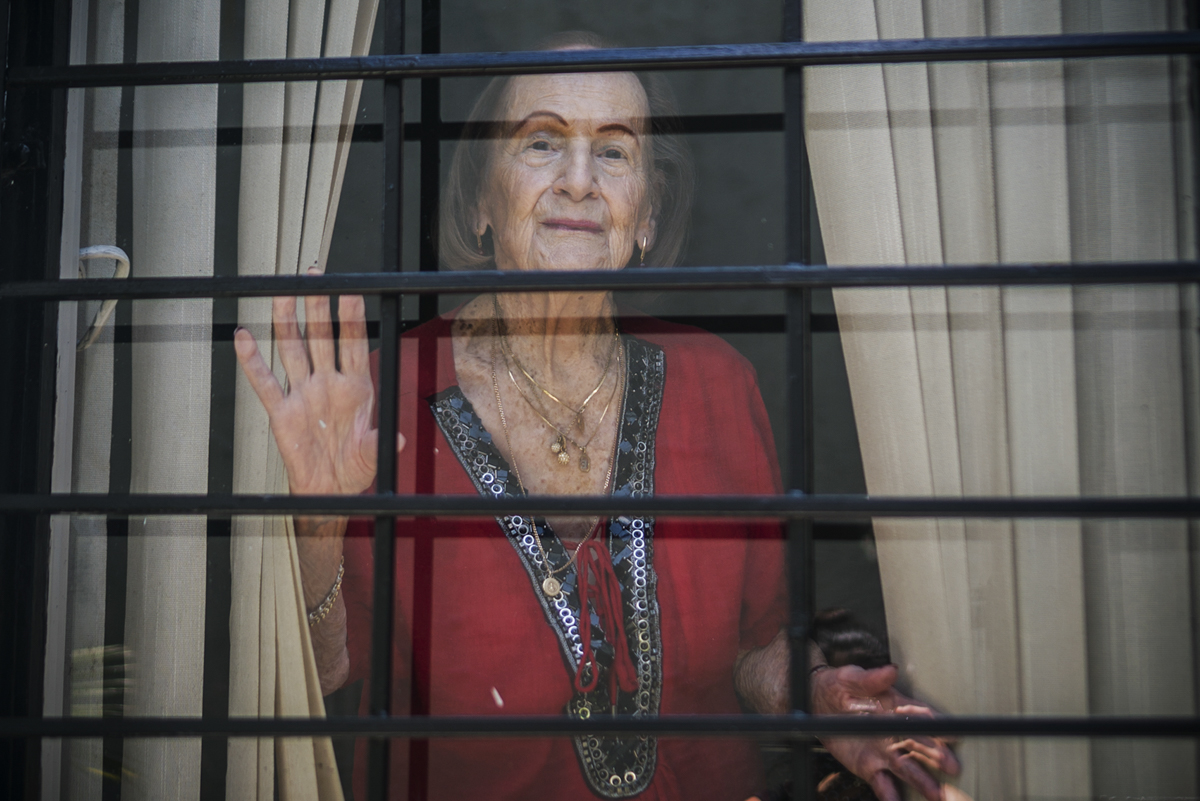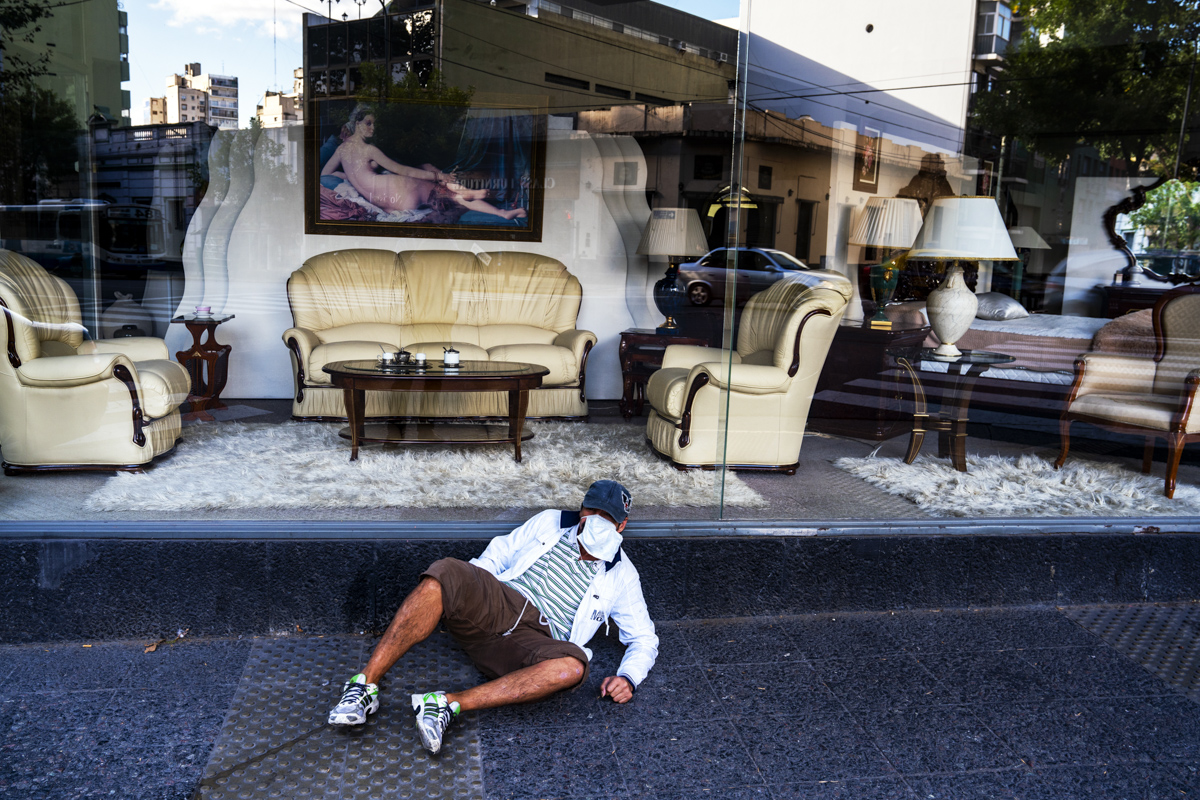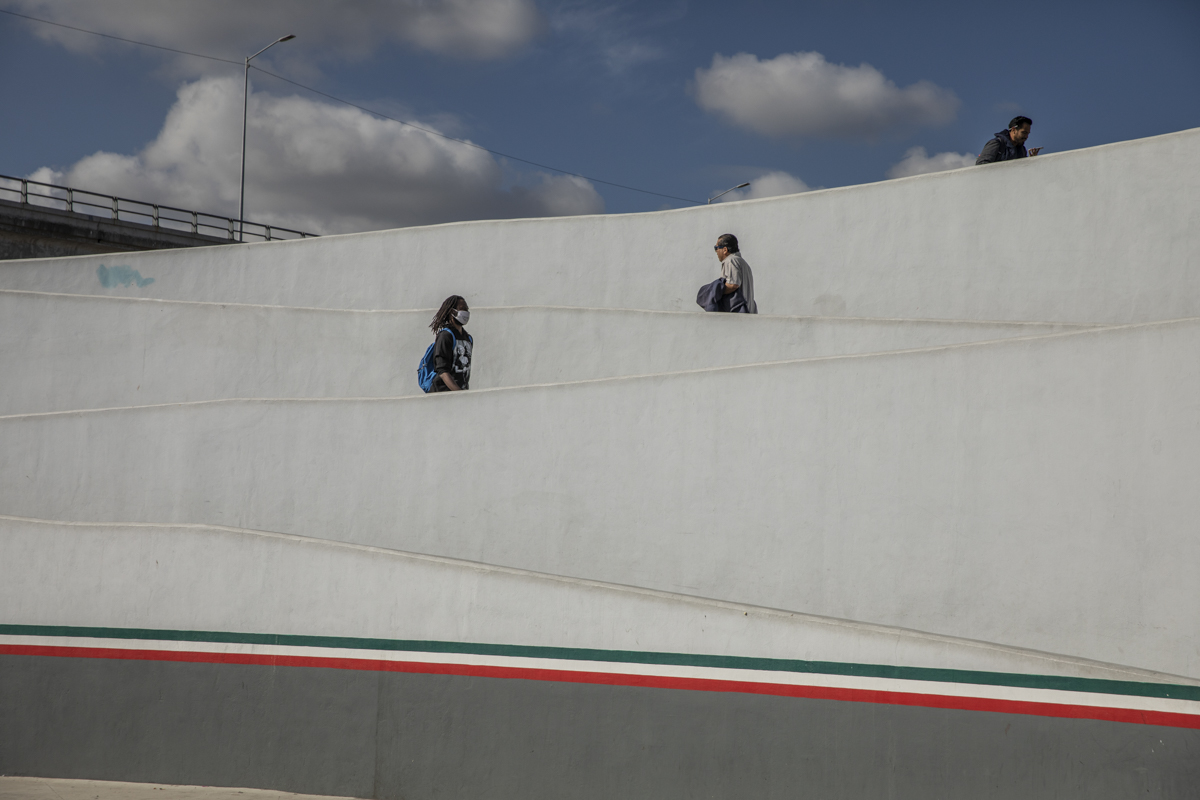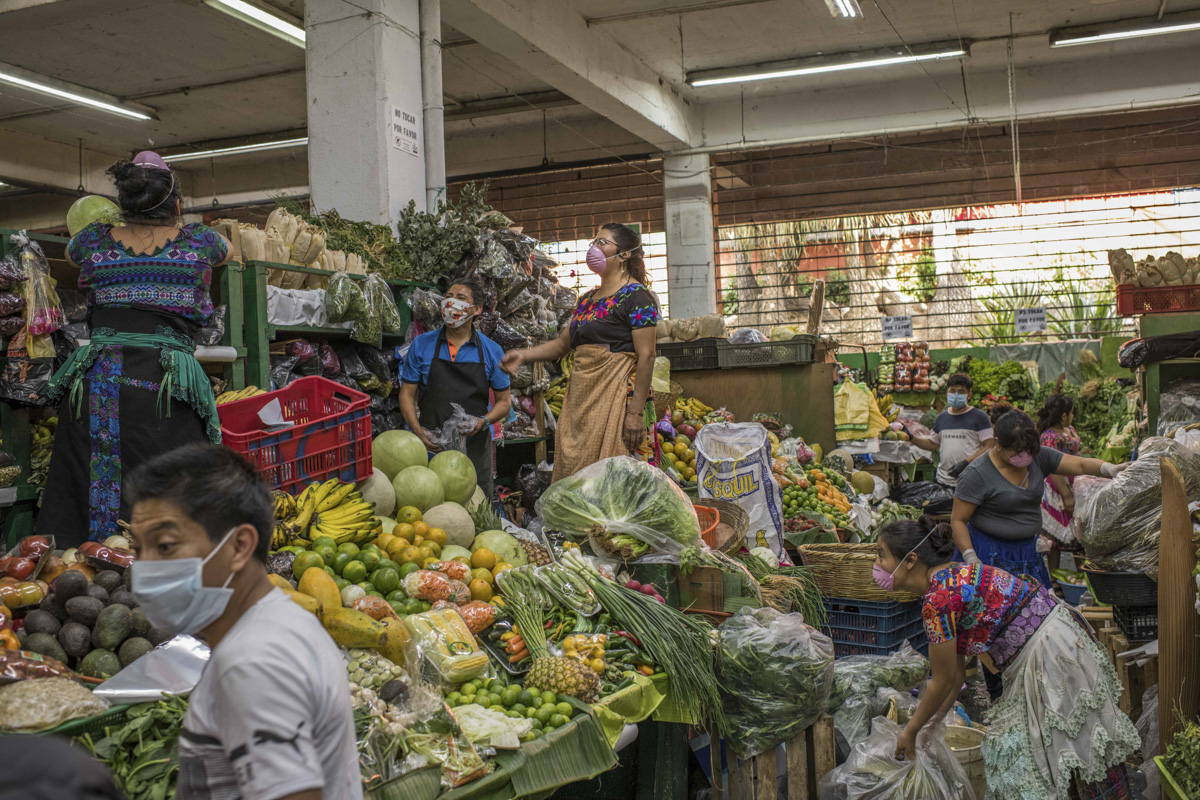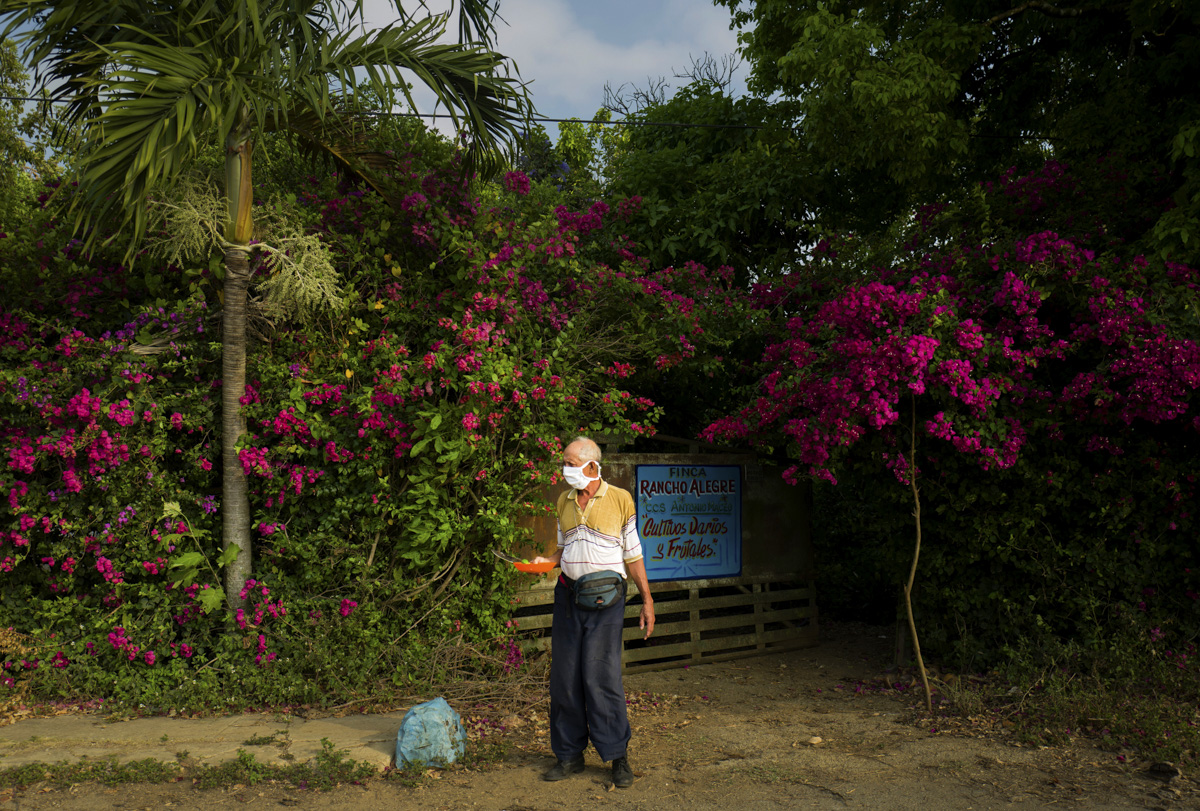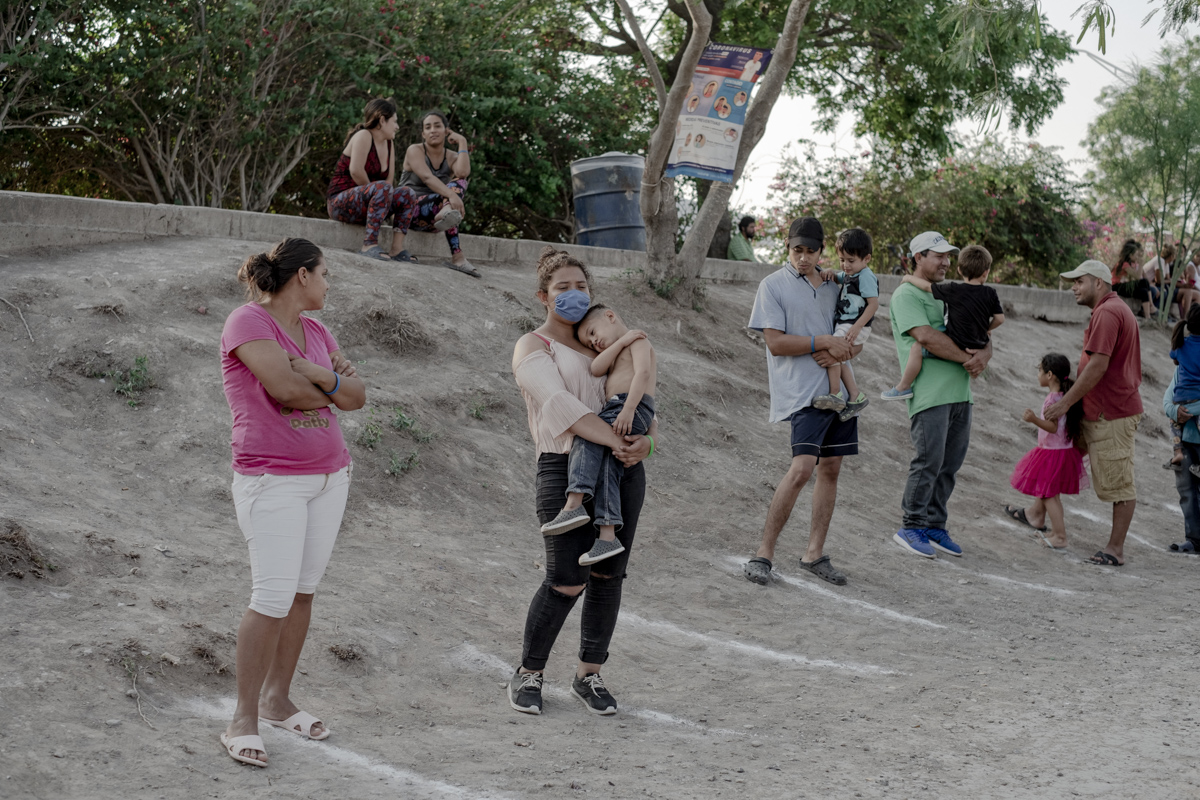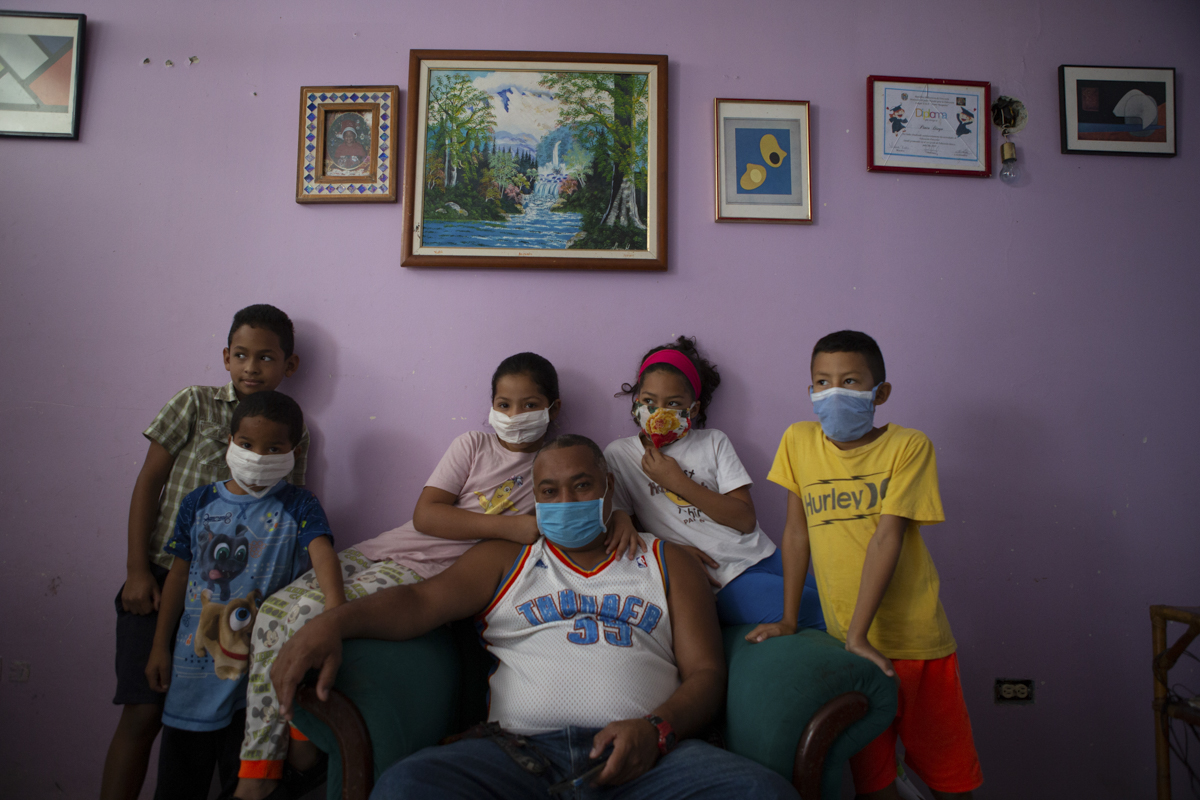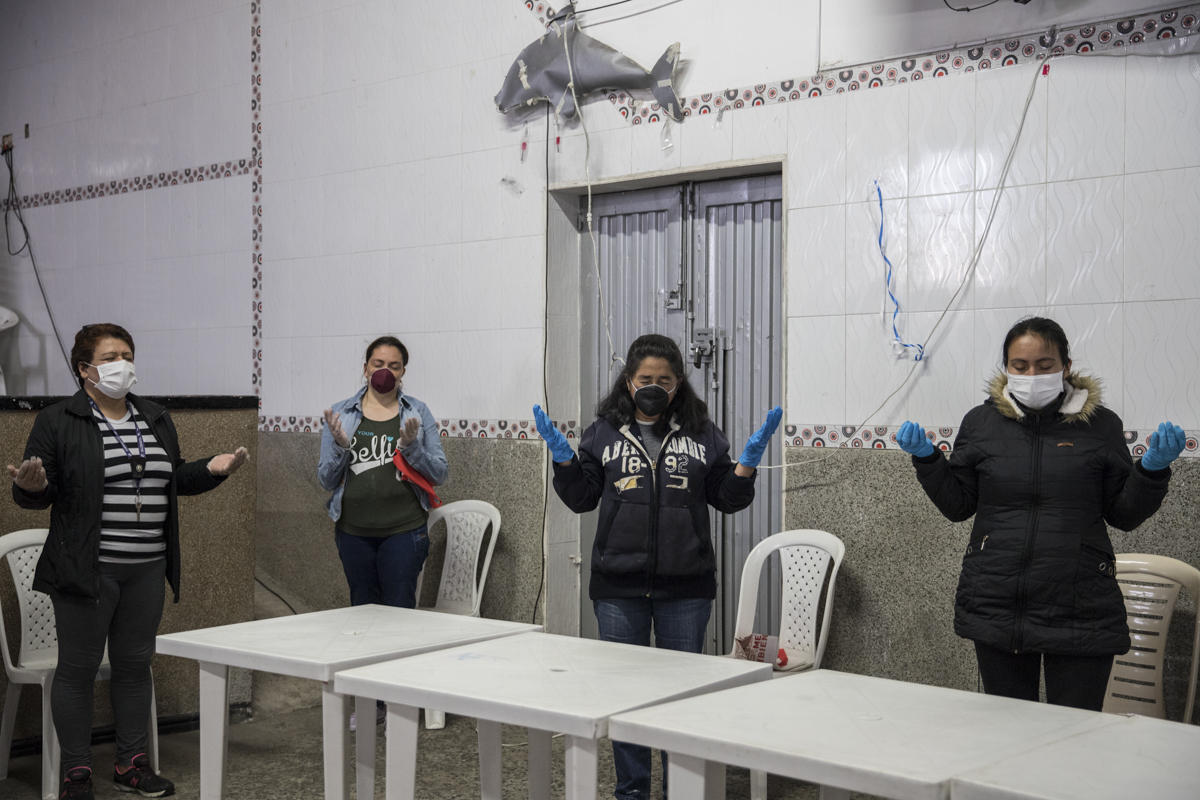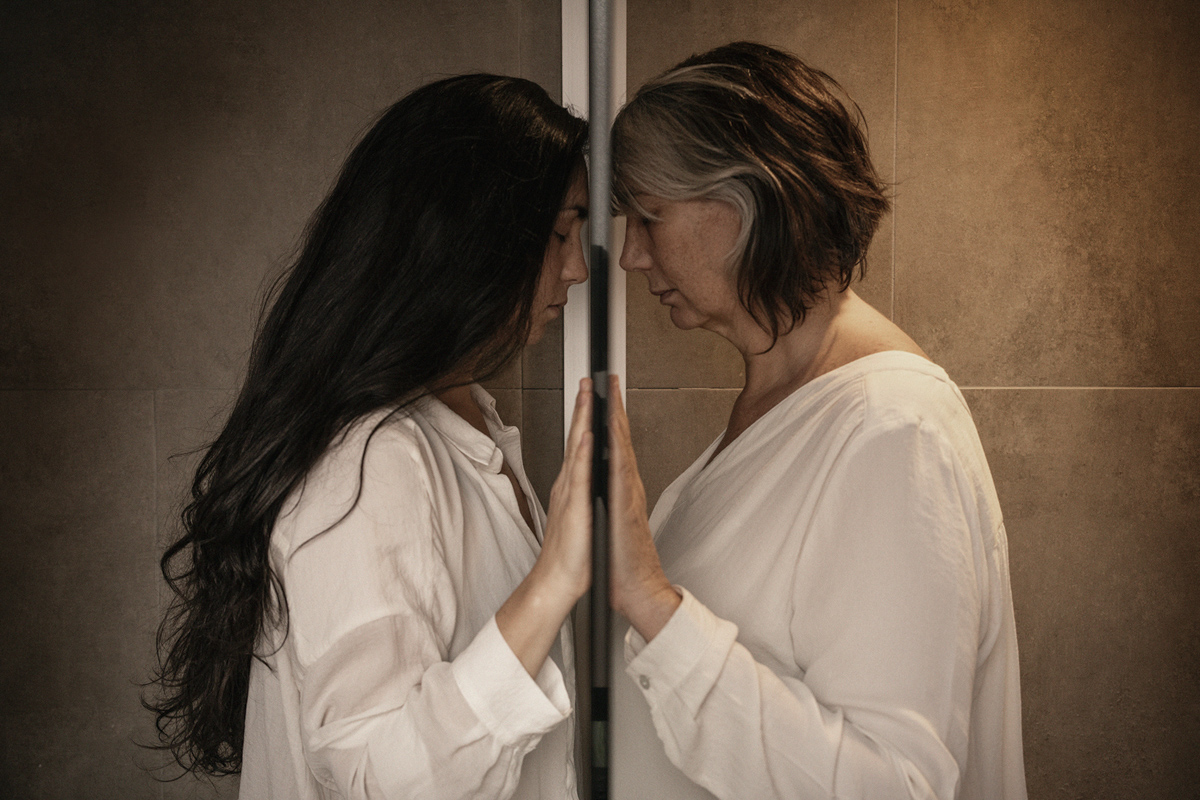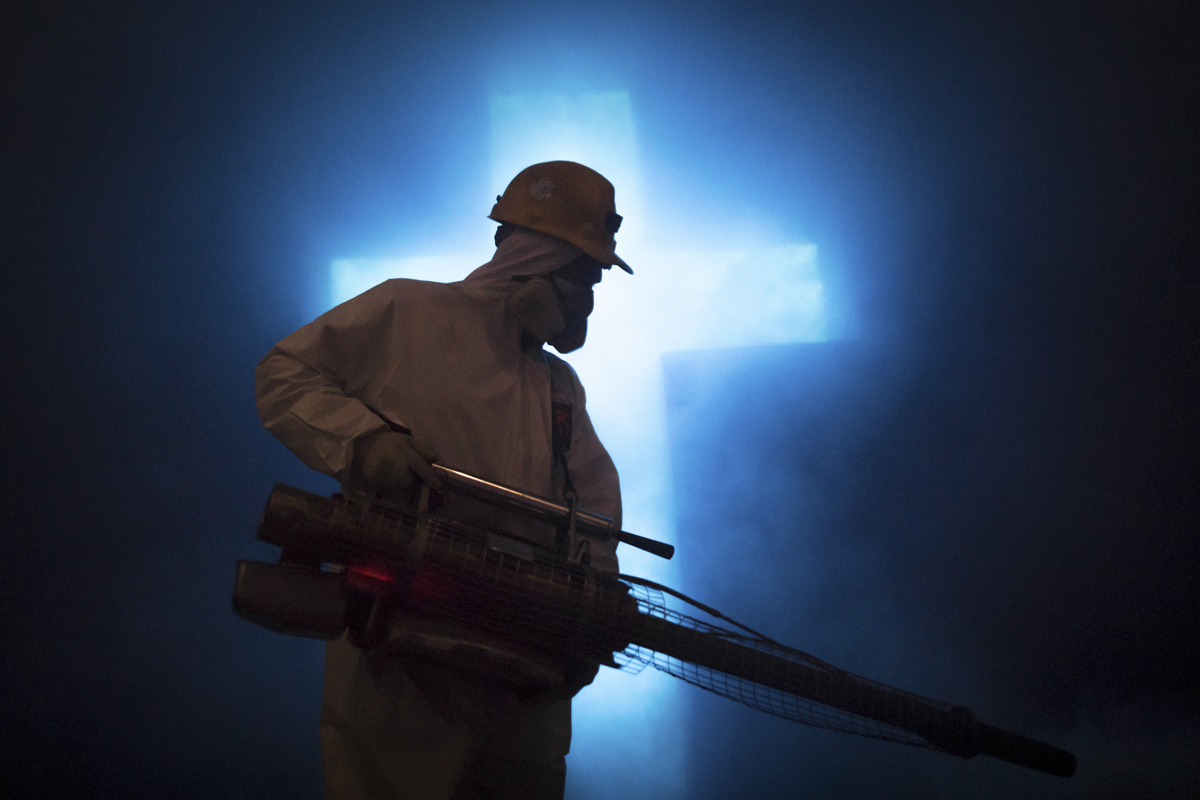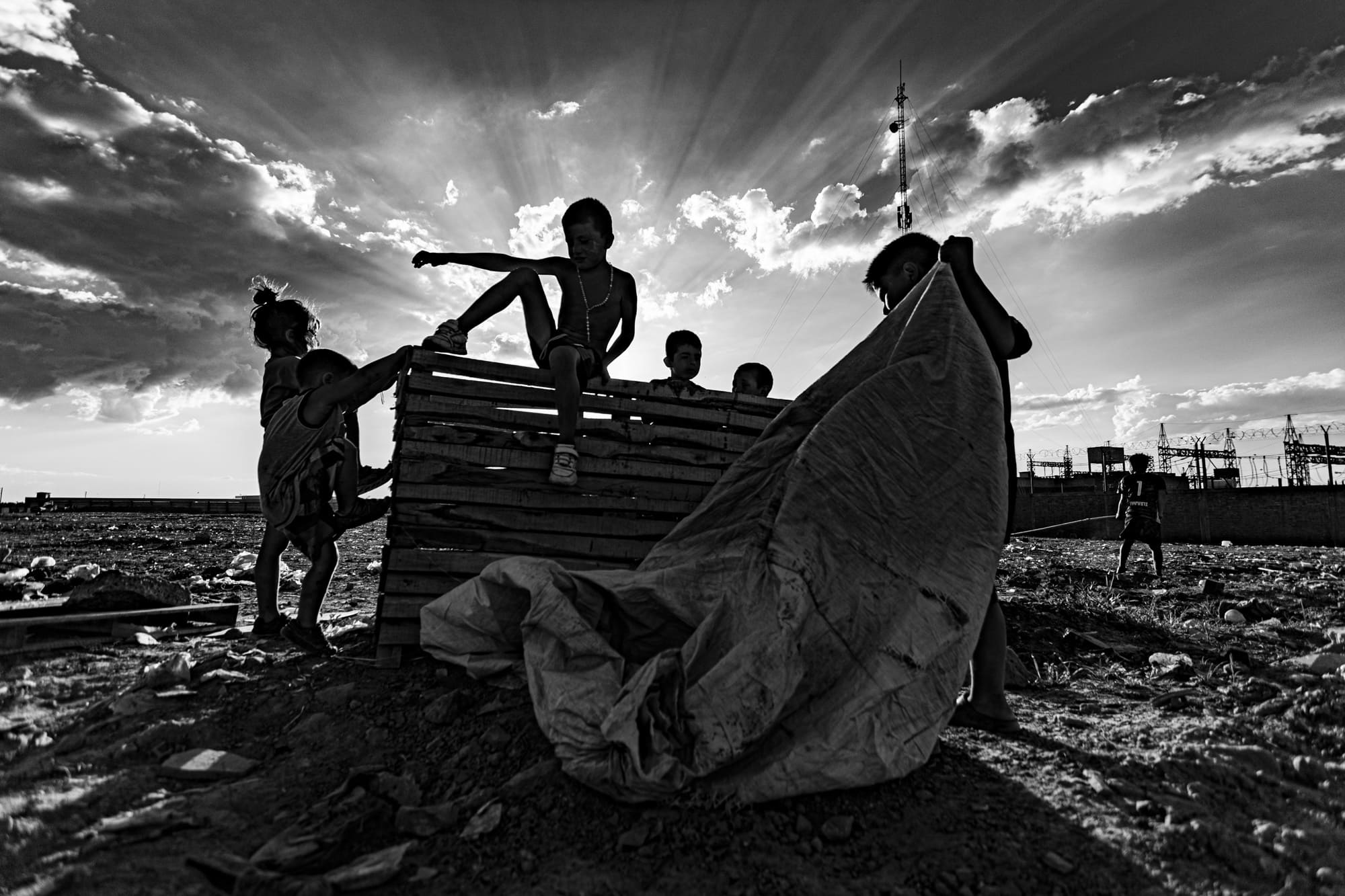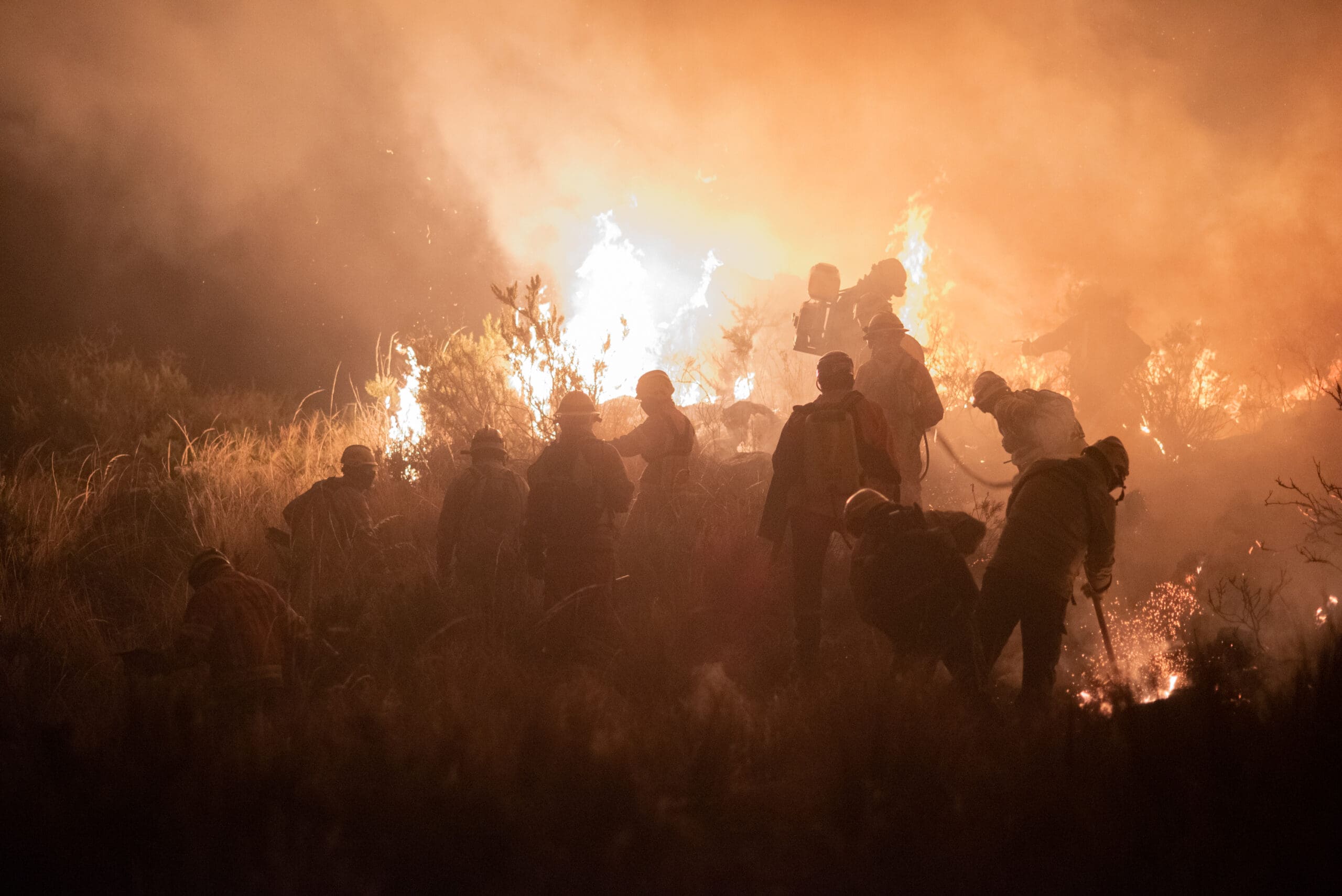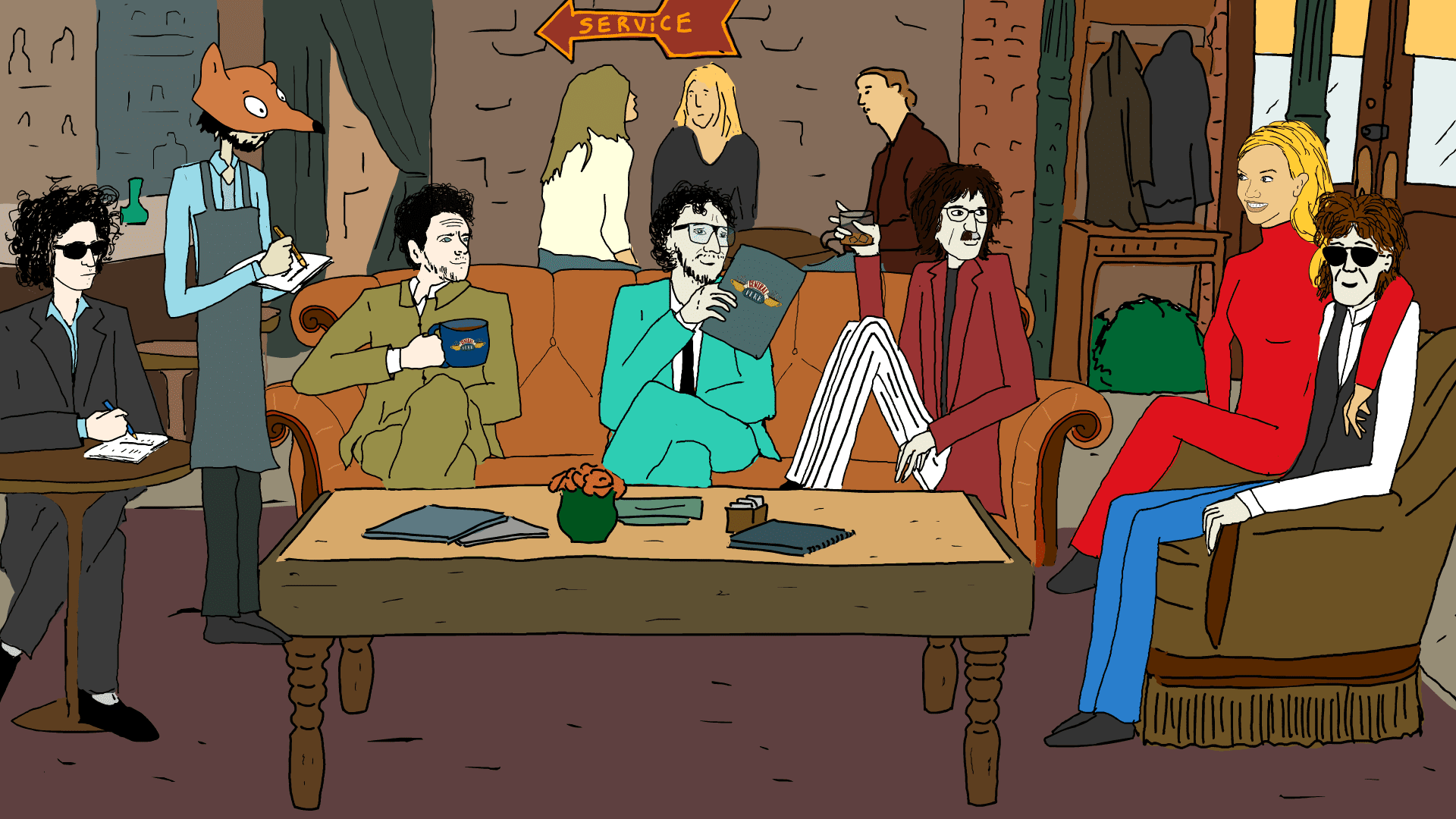July 2020. Latin America is the focus of the Covid-19 pandemic. Several countries in the region have some of the highest infection rates per capita in the world. The humanitarian and economic prospects are shocking: in a report, the UN warned that in addition to deaths from coronavirus, unemployment is expected to go from 8.1% to 13.5% and 45 million people go into poverty. The region’s GDP will decrease by 9.1%. It will be the biggest drop in a century.
When the new coronavirus advanced through Europe but barely reached Latin America, eighteen Latin American photographers (nine women and nine men) began working on COVID LATAM, a collective project that seeks to keep a documentary and journalistic record of the pandemic on the continent.
Sebastián Gil Miranda –an Argentine photographer born in Paris– called them because he considered that with the virus newly arrived in Latin America it was a good way to accompany oneself in isolation, being, he says, “together at a distance”.
“There is no way to do a regional approach individually, because the plurality of voices and perspectives generates an enormous plus, a power that transcends,” he explains. He had previous experience as an antecedent, a collective project that showed the “other side” of the 2014 Soccer World Cup and the 2016 Olympic Games in Brazil.
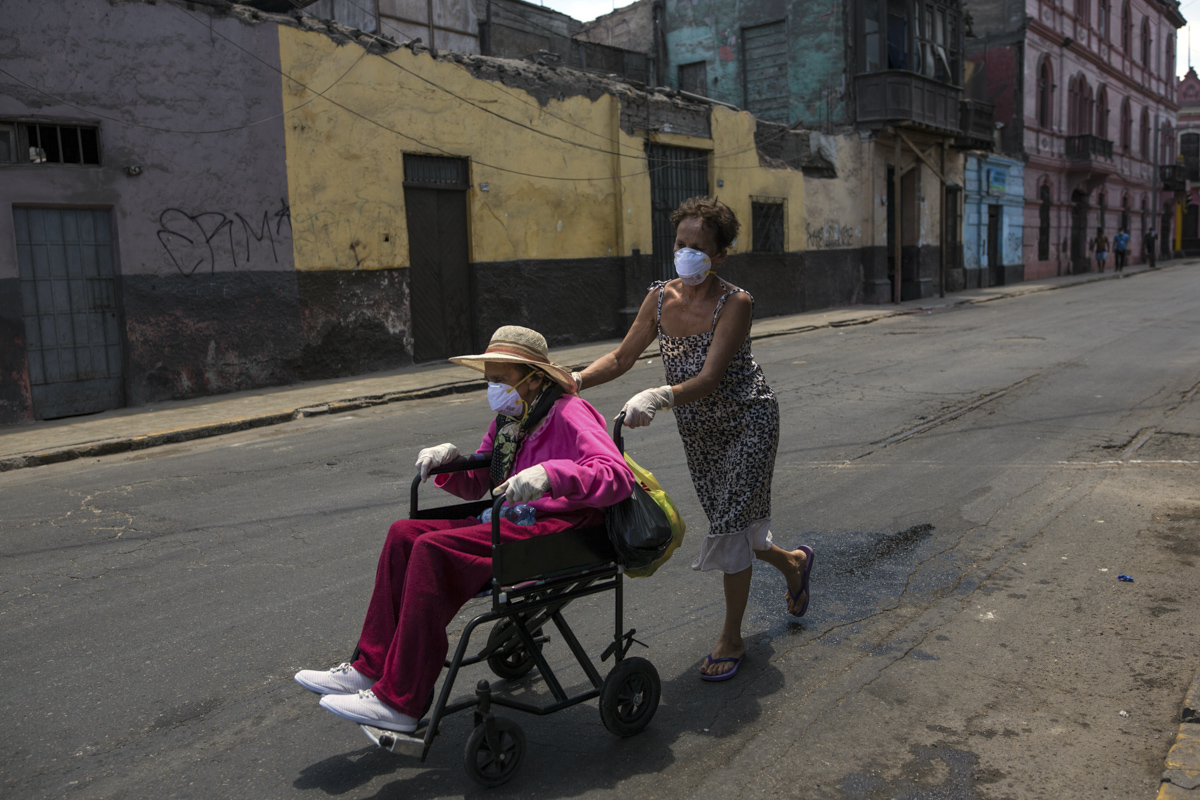
They started by uploading individual photos and creating lattices, building collective narratives. Then they decided to add stories that each of them was developing, to have a deeper perspective. “We felt that something more had to be told,” Sebastián explains.
“The photo alone in itself fell short and it is also good to tell about the development of the work that each of us has been doing.” For three or four days, each photographer or photographer does a “take over” of the account and publishes their work. The idea is that each one can develop their own visual narrative in order to build a choral narrative from their different perspectives. One day a week they publish the work of external collaborators to the group, a way to make the project more inclusive and participatory.
The result is a huge choral portrait of the pandemic in Latin America, built from images that narrate confinement, death and despair but also hope, encounter, and family intimacy: a woman who reads in bed, a mother with her baby in the bathtub, a hand that holds the saint’s picture by the candle, the man who carves the coffins, the used mask hanging from the mirror of a car, a wedding with a mask and white dress.
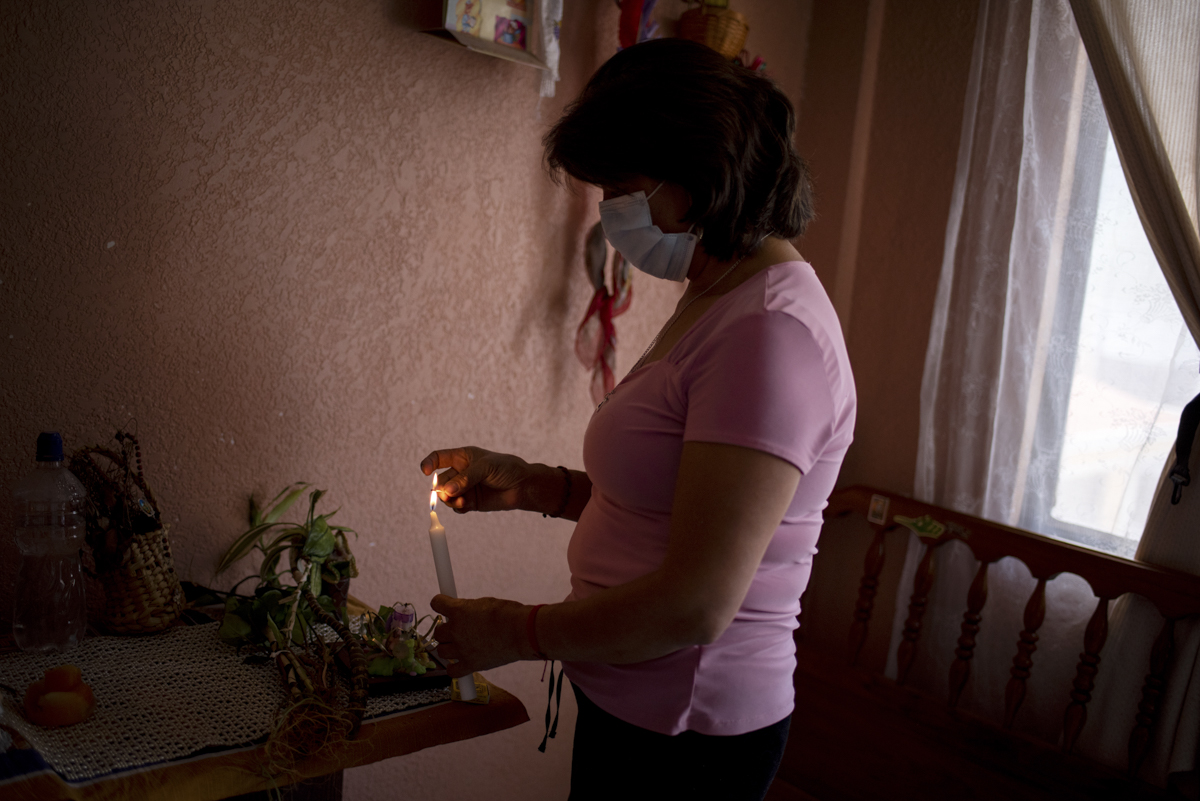
All of it are postcards of a health and social crisis that seized the world unexpectedly and hit Latin America with the force of a tsunami; images that although resonate with scenes from other parts of the world, can not be anything other than deeply Latin American.
“There are two aspects that were fundamental to building the collective: one is gender equality and the other is the collective voice, that voice that is built and that there is no way to achieve it individually,” Sebastián explains. It is more than a formal choice: “We think that from this situation we can come out collectively and from the crisis too.”
Each photo is accompanied by a short story, often in the first person. “Although we aim at hard situations and from the most vulnerable contexts, we are also interested that it can be linked to the possible reconstruction, to life, to what remains and to the possibility of reflecting and understanding that we are not here by chance,” Sebastián says.
“There is a whole crisis of very large social inequality, a great mistreatment of the environment, and this crisis is a wake-up call that touches us more closely with regard to the climate issue, which has not yet exploited in our faces. We want the project allow us to see if we can get out of here a little better than how we got in.”
